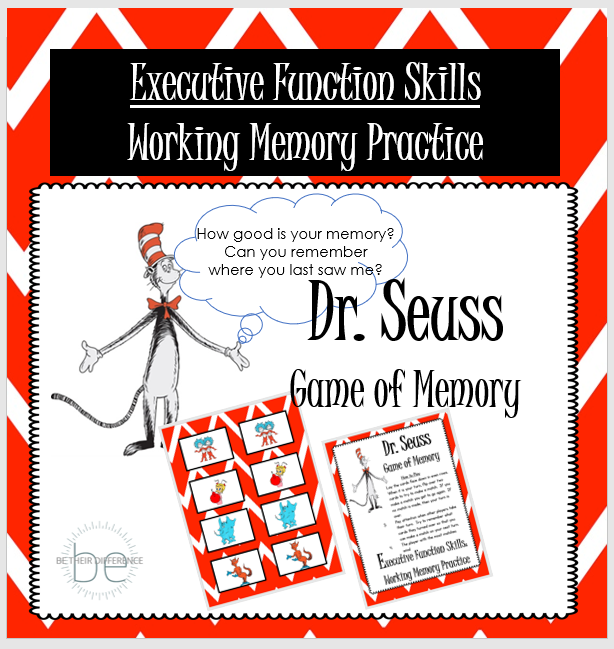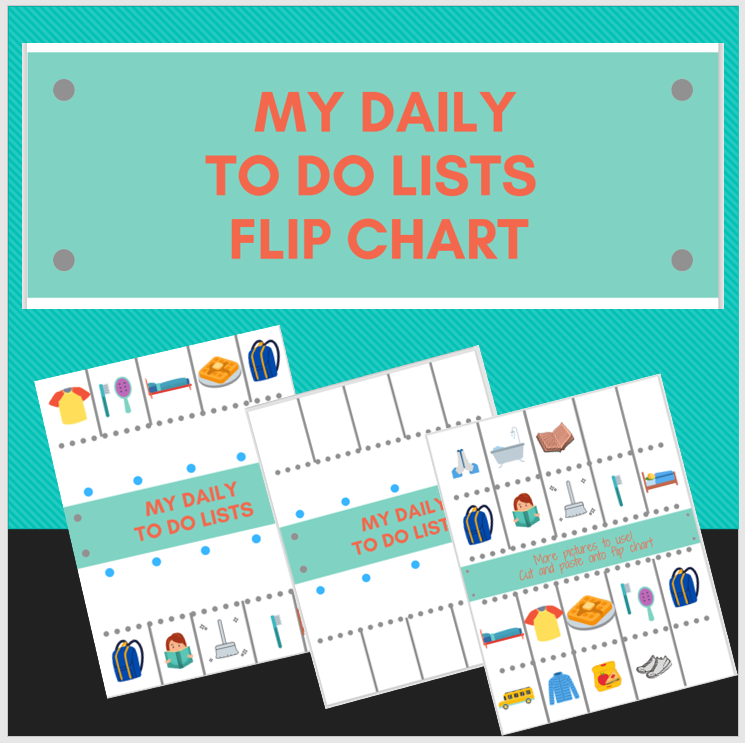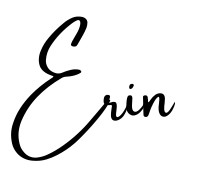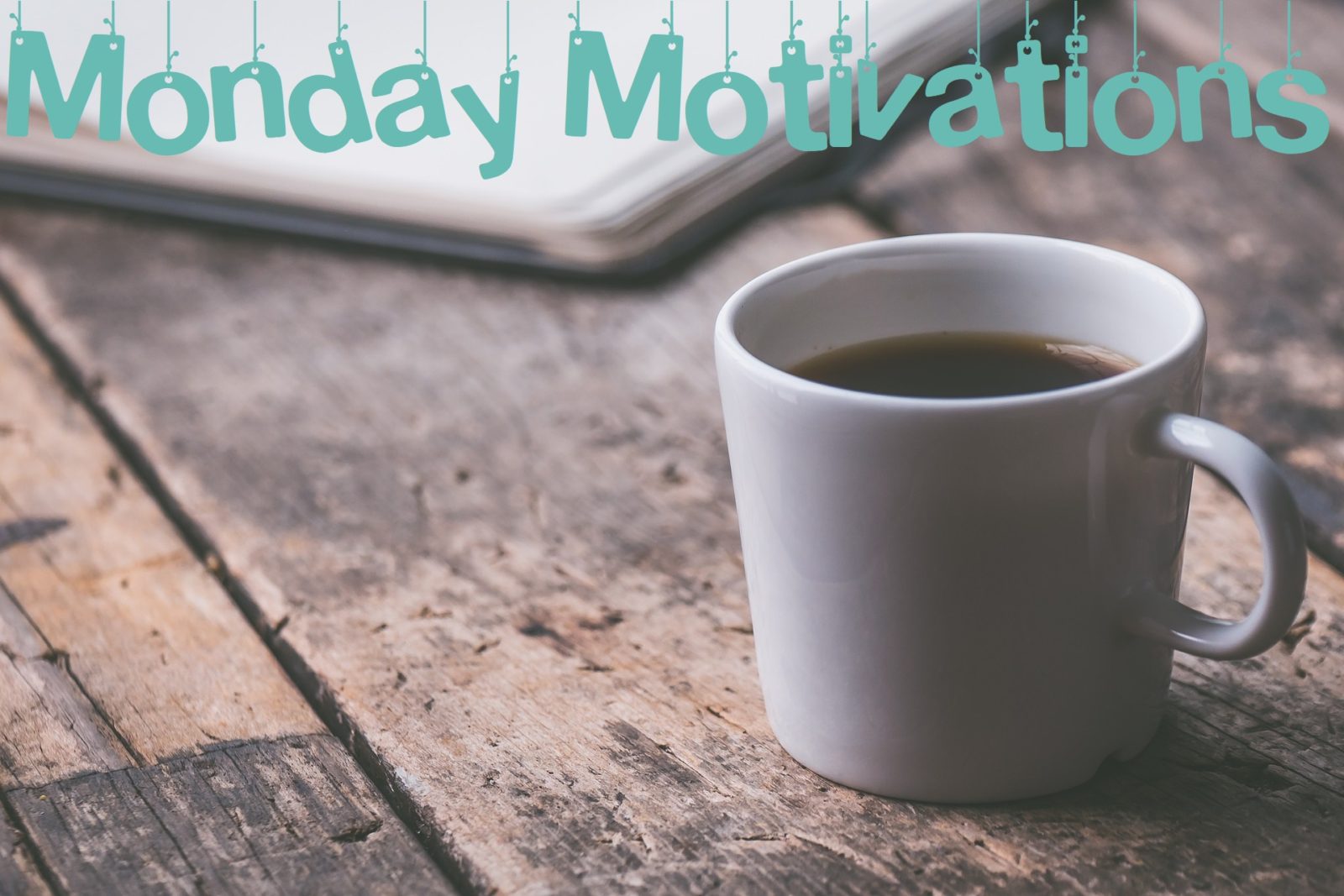
Has your child ever said they forgot what you told them?
Have you ever felt frustrated that you kids can’t follow 3 simple directions?
Do you want your kids to be able to go about their day independently without needing constant prompts from you?
Did you brush your teeth?
Go get your socks and shoes?
Is your homework in your folder?
Put on hats and gloves.
Did you get your hat and gloves?
Where are your gloves?
Well sweetie…your hands are cold because you didn’t get your gloves when I reminded you for the (*&*^*^*!&#& TIME!!!!!!!)
We go through the same steps every day and I ask myself, “Do they hear me? Should I speak louder? In a different voice?”
YOU ARE NOT ALONE!!!
The truth is it has nothing to do with your voice. In most cases it has nothing to do with your child’s hearing…believe me, we’ve asked our pediatrician…LOL! I’ve seriously had their ears checked!
It’s all about WORKING MEMORY!
You see, the brain can only hold so much information and then access it when necessary. A lot goes on in the brain between the time that a directive is given and when the directive is executed.
Here is an example:
You get home from school and are in a hurry to tackle all the responsibilities you have and your child has before it’s time to leave for their practice. You tell your child to get their homework done and then get changed for practice.
At the same time you are getting some snacks out to each before leaving for practice. You child is getting their coat, backpack, lunchbox, all the things put away and they sit down and start munching on the snacks that you are getting out.
You kindly say, “honey, get your homework out and then I need you to get changed for practice.” They go to their folder to get their homework out and something in their folder reminds them of something they need to ask you about. You listen and yet again say, “honey get the homework done and get changed for practice.
Even after the homework is done you once again ask them to get changed and they head upstairs. Lots of time passes and you call up to them wondering what is taking so long and your child says…”oh, sorry mom, I was playing with my lego set.”
WHAT?????? I SAID TO GET READY FOR PRACTICE!!!!!!
The WORKING MEMORY is at fault here…So what is Working Memory?
Working Memory- This is how we store information. Our working memory allows us to remember important information. It manages the information, tasks, and things we learn. It allows us to process the information and access it when needed. Basically, the working memory is the “to do list” in your mind that we continue to visit from time to time. is controlled by the frontal lobe. This part of the brain is not fully developed until we are in our early 20’s.
4 Ways to Develop Working Memory
1. Play Games
You can read all about how playing board games will develop your child’s brain in my previous post by clicking here. My favorite game for developing your child’s working memory is the game of Memory! I’m sure that you’ve all played it and you probably are thinking, “Yes, that was a great game, when my kids were toddlers.” Well guess what…it’s still a great game for building the Working Memory!

Grab this freebie! Just print, cut, and play the game of memory with Dr. Seuss! Click here or on the image to get your own free download.
2. Establish Routines
Routines have been proven to help develop the Working Memory. Doing the same thing in the same way will help your child’s brain to access the information needed to see a task through. You might create a morning routine, after school routine, or a bedtime routine. Whatever the task is, doing the same thing in the same way will help develop this part of your brain.
3. Visualizations
When you give your child a task to complete, they will be more likely to remember what to do if they are able to have a visual of what it looks like to complete the task. For example, if you want your child to do their homework, go upstairs and change for practice, and then come eat a snack, you might have them picture themselves doing it in their mind. You can even have them repeat the steps and point to the area they will go for each task. This will help the brain access the information that was given to them in order to complete the task
4. To Do Lists
To do lists are great! I personally love to check off a To Do List. However, with kids we need to take it a step further than just giving them a list of tasks to check off. They need to mentally be a part of developing the list so that their mind can start planning their actions for completing the list.
To read more on this you can see a video of my own daughter creating a morning routine To Do List, that we learned from a video by Sarah Ward, an executive function coach. Her way of planning for a to do list is called Get Ready, Do, Done and IT WORKS!!! Click here to read more about this.

Freebie: This is a flip chart that I’ve used with all 3 of my kids. You simply print, cut, and use sticky tack to flip up or down when the task is finished. I’ve got a blank one that you can put your own images in too! Click here to grab your download on my FREEBIES PAGE!
Enjoy Being Their Difference!



Thanks for sharing Erin. I am a big fan of establishing routines and having “to do” or checklists. I agree that children need to be a part of designing the checklist, and not just there to check items off. The routines are essential. It keeps kids at ease and reduces stress. What about those kiddos that are anxious? What if the routine changes? I know my son is a worrier and when routines begin to change, he begins to ask a million questions and become stressed.
I too have an anxious son. He has gotten so much better the older he gets. In our house and in my own classroom, I’ve given kids fewer steps at a time. Make the end goal smaller. Also, being flexible is part of executive function. We can teach lessons in our classrooms and at home about how sometimes our routines get interrupted or need to be changed. Discuss how it makes you feel and how to make good choices when feeling overwhelmed, frustrated, nervous, etc.
Thanks for sharing theses great ideas that can be used as a parent or teacher. I love the idea of having routines and discussing with kids that it’s ok if the routine changes and how it can make you feel. Kids love to know what is ahead of them and writing a To Do List that involves them definitely gets buy in from the kiddos. Do you have any ideas on how to work on Working Memory with older students that think a game like memory is for young kids?
Yes! Just just use the game of memory but use math facts or other skills they are working on. Basically any board game that they have to think back and remember and access information to be used. One 6th grade teacher that I know had a Chess tournament and they played every Friday afternoon. Also, putting information they are learning to the tune of a popular song or rap. There are so many ideas!
This post was a great reminder to visual to do lists or play games to help with students’ working memory! The beginning of the year is always challenging with new routines and procedures. The students get easily distracted as they are absorbing new information, especially after being home for so long due to COVID, that they forget very simple directions.
It’s amazing how simple to do lists and establishing routines help benefit our young students in the classroom. I have found that when we have a routine, the students do much better than on days when we have a change and need to be flexible.
Agree! Kids thrive with structure and routine. Although a fun day that is out of the ordinary can also add a sense of inquiry and excitement.